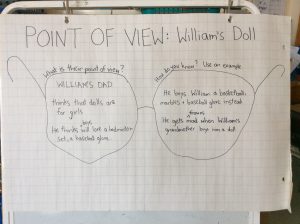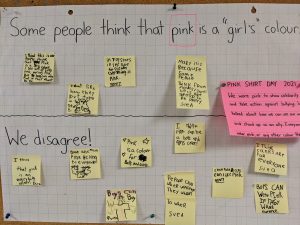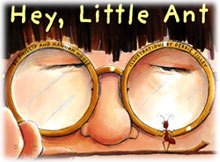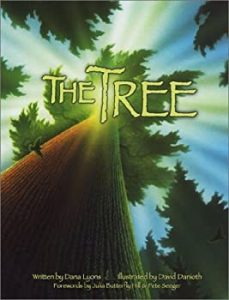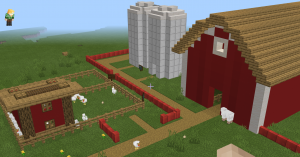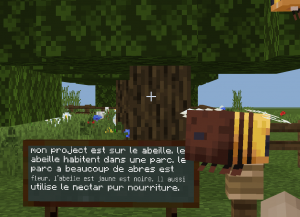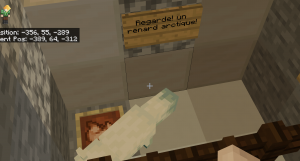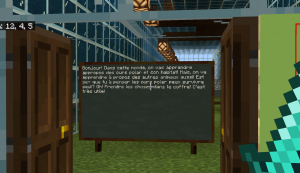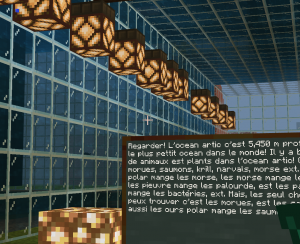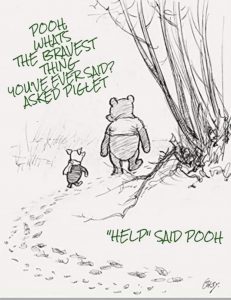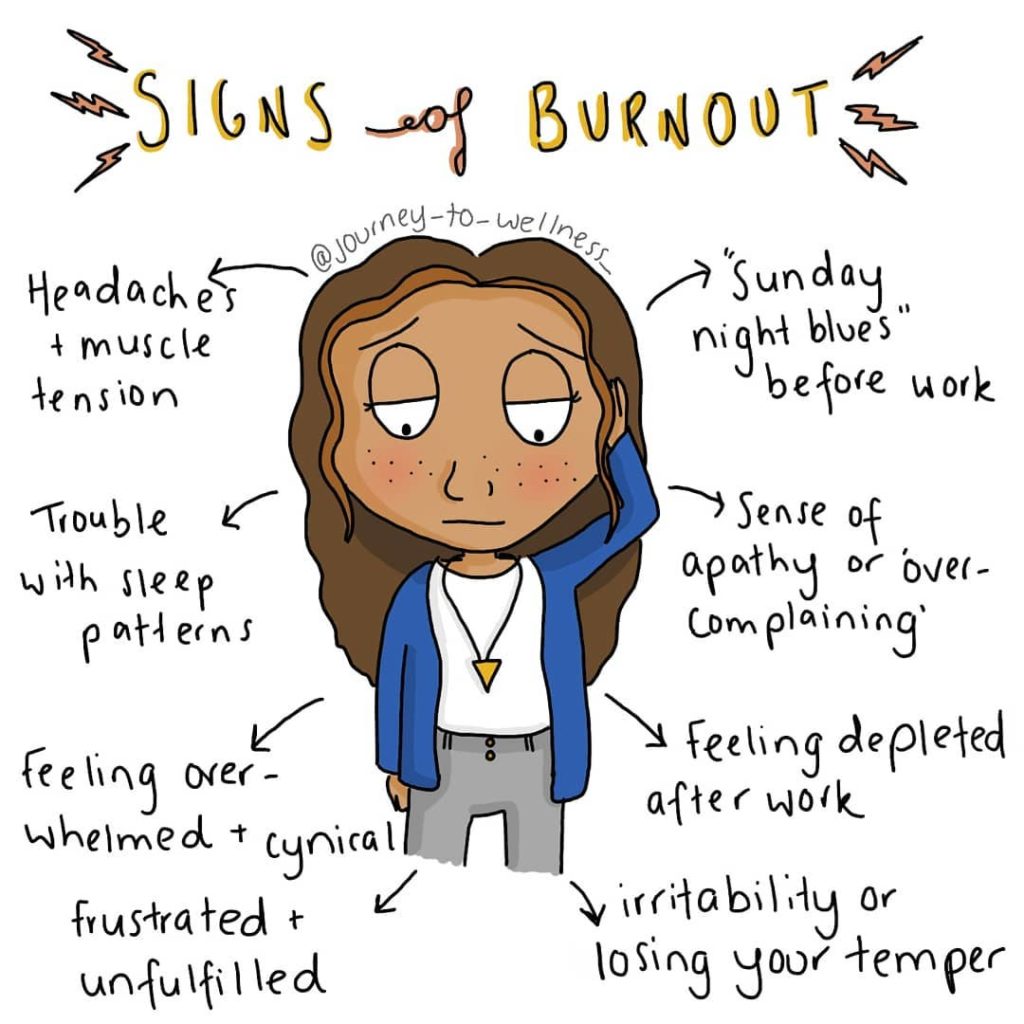The COVID-19 pandemic has led to uncertainty and change in education. Just when I think I have a handle on the way things are going to go for the week there is a Government announcement that changes the plan. I am “pivoting” so much I have motion sickness. When decisions that affect a work environment seem to be constantly changing, trust becomes more important than ever. In a recent video “How Leaders Build Trust,” author and leadership thought leader Simon Sinek, describes trust: “Trust is a feeling. It is earned and evolves based on a series of actions that prove that you are worthy of trust. It creates a sense of belonging. When you don’t feel trust or without a circle of safety, we inherently concern ourselves with our own survival and become cynical, selfish and paranoid. You become convinced that everything is trying to hurt you. We do things to protect ourselves.” In her book “Braving the Wilderness”, author Berne Brown says that “in the absence of communication we make up stories and the majority of what we tell ourselves isn’t true. In fact, our brain goes into self-protection mode and those stories that we make up are often exaggerate our worst fears and insecurities.” It is hard to learn or work when you are in self protection mode.
In learning more about culturally relevant and responsive pedagogy, I have noticed that a common keystone element in what I’ve been reading is that trust is crucial to creating a truly inclusive classroom. In the famous YouTube video “Every Kid Needs a Champion” educator and speaker Rita Pierson stated, “Kids don’t learn from people they don’t like.” I would go one step further to say that even more so, kids aren’t likely to learn from people they don’t trust.
So how do we create an environment of trust in which students can be their absolute best? More specifically how do we do this at a time when we are teaching students over Google Meet, through a PPE shield and mask or even through video that students watch asynchronously? I think that we do it the same way we would in a pre-COVID classroom. One small interaction at a time. I recently experienced an a-ha moment while engaging in a webinar called “The Neuroscience of Trust” presented by Dr. Rumeet Billan. According to Dr. Billan; “Trust is something that has to be given to you and needs to be earned.” Trust is something that comes from repeated behaviours that demonstrate that we are worthy of trust. When we repeatedly demonstrate that we listen actively, show authentic care and empathy, we generate trust. When we provide opportunities that deliberately and intentionally extend trust, such as giving students voice and choice in their learning, we generate trust. When we provide actionable and meaningful feedback to students and celebrate their learning goals with them, we generate trust. When we provide learning opportunities for students to make mistakes, when we celebrate the learning from mistakes and provide an opportunity to try again, we generate trust. When we genuinely demonstrate transparency with students such as admitting to not knowing all of the answers about a concept or sharing times where we have failed and persevered, we generate trust.
Creating an environment of trust with our students and with our colleagues is something that we have to work on daily. It is currency that we build up with one another to draw on in a time of need. I think of creating an environment of trust like learning how to play a musical instrument. You cannot learn to play an instrument by practicing for seven hours straight. You need to practice daily in order to become truly proficient. When you don’t practice, you get rusty. When things in my classroom feel as if they are particularly stressful or students are exhibiting behaviours that are uncharacteristic, I usually come to the realization that it is because trust has eroded between us. It might be that I haven’t been recognizing their accomplishments as readily. It might be that I haven’t been giving them challenging opportunities to learn that extends trust to them to persevere and practice resilience. It may be that I haven’t followed through on something that I said was going to happen. When I come to those realizations I have to go back to the student and repair that trust. Ignoring the event will only widen the gap. If we want kids to be innovative, creative and take risks a psychologically safe space with mutual trust is essential. It doesn’t happen overnight but by making it a priority, amazing learning will happen.

